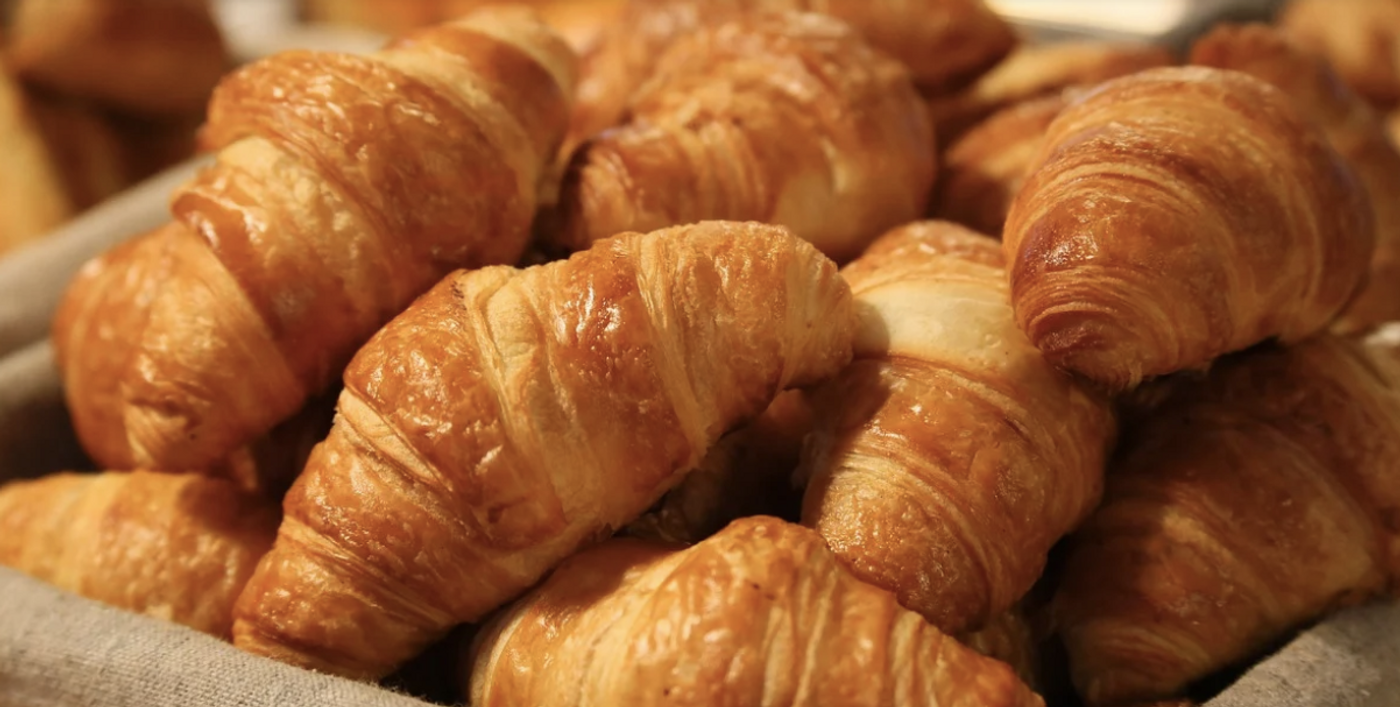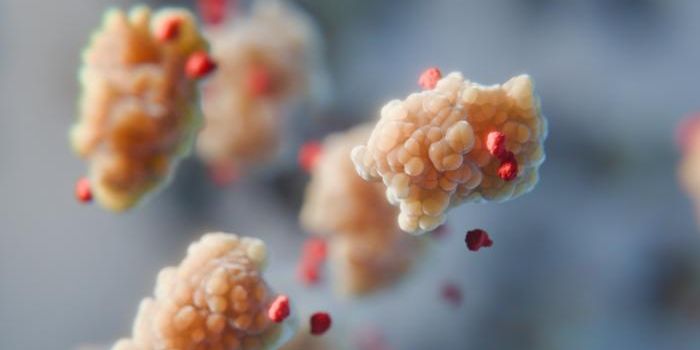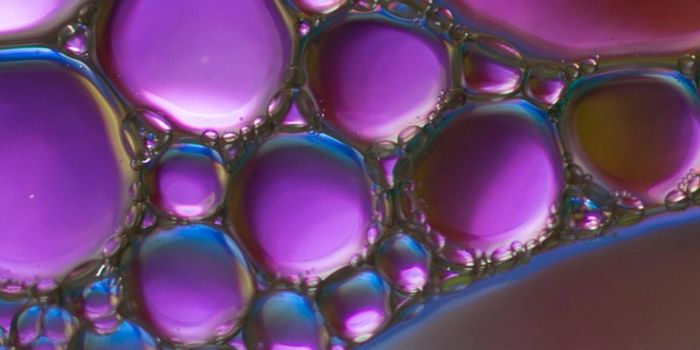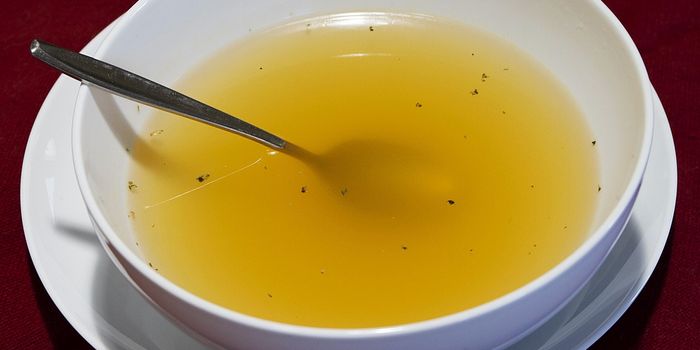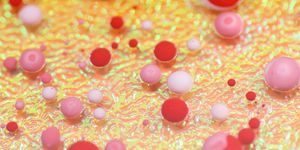Insight Into How Food Texture Affects Taste
Food isn't only appealing because it tastes good. Appearance and texture are important too. When food gets mushy or soggy, or ice cream is allowed to melt and refreeze, it just doesn't taste as good, even when the flavor remains the same. Most people would agree that a food's texture is important, and new research has told us more about why that is.
"We all appreciate that food texture impacts food appeal," said Craig Montell, Duggan Distinguished Professor in the Department of Molecular, Cellular, and Developmental Biology at the University of California Santa Barbara. "But this is something that we don't understand very well."
Reporting in Current Biology, Montell and postdoctoral fellow Qiaoran Li used a Drosophila model to describe how some animals can sense whether a food's texture is smooth or gritty, and this sensation happens in part because of a mechanosensory channel called TMEM63. This channel is a member of a group of receptors that are found in many organisms including fruit flies.
"We found that they, like us, have food preferences that are influenced by this textural feature," Montell said. The researchers created a taste test in which small particles of varying sizes were added to a sugary liquid that the flies consume. They determined that the flies preferred to consume liquid with particles of a specific size.
Montell's team has previously identified a channel that allows flies to sense how hard or viscous food is. Other research has shown how cool temperatures can reduce palatability. To identify the mechanism flies use to sense grittiness, the investigators started looking for a channel that would be mechanically activated by particles that bend taste bristles on the fly tongue. That search didn't yield any candidates, so they considered TMEM63.
"Fly TMEM63 is part of a class of mechano-sensors conserved from plants to humans," Montell said, "but its roles in animals were unknown."
They inactivated the TMEM63 gene in a fly model, and withheld food from these animals and normal controls for several hours. The gave the hungry flies the taste test with different solutions containing different-sized crystals. Normal flies had a preference for which size crystal they prefer in their sugar water: nine micrometers, while flies without TMEM63 had no preference.
"The nine-micrometer particle size that flies most enjoy corresponds in size to some of their preferred foods, like budding yeast and the particles in their favorite fruit," Montell explained.
The scientists next added a bit of noxious chemical, like salt or a mild acid, to the sugar solutions, and while normal flies reacted, flies lacking TMEM63 had no aversion. The restoration of this gene enabled the flies to sense the grittiness again.
"It wasn't known before this study that flies could even discriminate foods on the basis of grittiness," Montell noted. "Now that we found that the mechanosensitive channel is TMEM63, we have uncovered one role for this protein in an animal."
Texture can help convey information, like whether food is fresh or spoiled. "Animals use all the sensory information that they can to evaluate the palatability of food," Montell said. "This includes not only its chemical makeup but color, smell, temperature, and a variety of textural features.
We have not yet confirmed these findings in other animals or people, more studies will be needed for that. But many species carry their version of TMEM63. "This protein is conserved in humans," Montell said. "We don't know if it has a role in texture sensation in humans, but some kind of mechanically-sensitive channel probably does."
Sources: AAAS/Eurekalert! via University of California Santa Barbara, Current Biology
